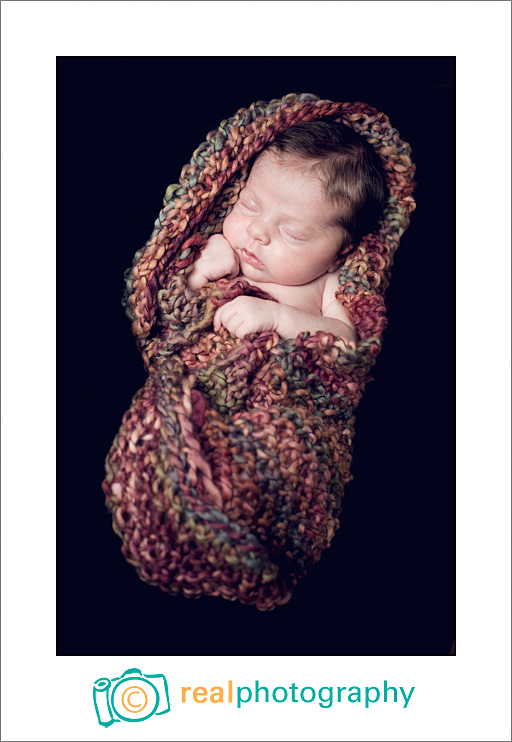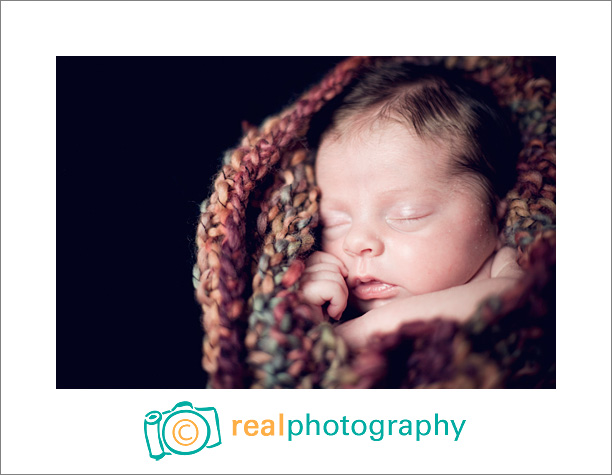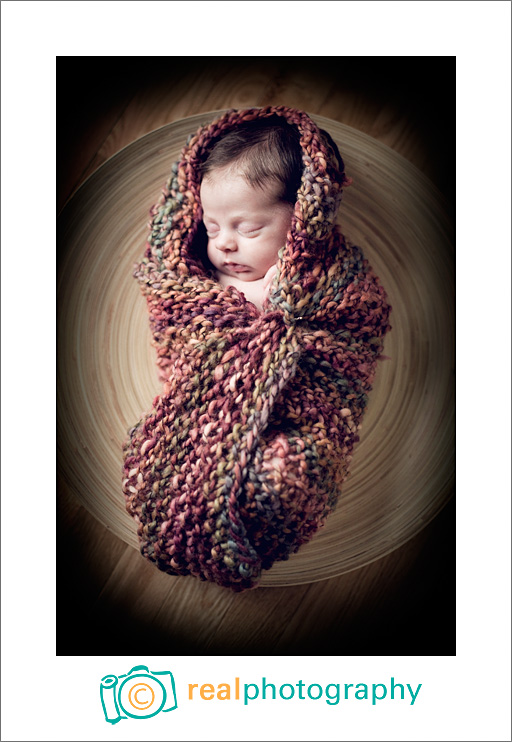Hurray! No bad photo to post today!
If you’re new to the blog, on Tuesdays I cover photography tips–providing info for a totally basic point-and-shoot user as well as one for those starting to dive in a little deeper.
Photographers are always asked for advice about gear. Which is great because photographers love to talk about gear! For the next couple of weeks we’ll talk about the things in your camera bag.
Photography is an expensive hobby. If you’re not broke, you’re just not trying hard enough. The two biggies, of course, are your camera and your lenses.
I am really really really really really excited about next week when we’re going to talk about my favorite thing in the world: lenses.
But first we have to cover cameras.
The Basics
I know nothing about the point-and-shoot market in 2008. For specific camera recommendations, I point you to DP Review. In our pre-dSLR days, this is the website we cruised for camera info.
Instead of giving specific recommendations, I offer this advice:
– Don’t buy more camera than you need. It is tempting to buy a fancier camera and think it will make your pictures better. This isn’t always true. Make sure you’re not buying bells and whistles that you don’t intend to use. If you plan on keeping your camera on auto, you probably don’t need a dSLR (but you might still want one–we’ll return to this in a minute). Many of the nicer point-and-shoots come with the ability to use it on manual mode as well as aperture priority and shutter priority (and therefore learn practice and learn more about photography) and they come with better lenses on the front of them than the kit lenses included with entry-level dSLRs.
– Megapixels don’t mean much these days. The difference between a 2 megapixel image and a 4 megapixel image was huge. The difference between a 8 meg and 10 meg camera? Not so much. As Nic says from time to time “it’s the quality of the megapixels that matters” (but I have no earthly idea what that means–maybe he can guest author an entry about it some time).
– Shutter-lag DOES matter. Shutter-lag is that annoying pause between the time you hit the shutter button and the time your picture actually takes. Like how when you take a picture on your cell phone you can hit the “capture” button and then by the time the image actual records, your kid is out of the frame. Shutter-lag doesn’t matter much with landscapes or grown-ups, but if you’re photographing kids, it is HUGE. The best reason to purchase a dSLR if you never plan on taking it off auto is for the ability to take the picture when you mean to take the picture–not when your camera gets around to it.
– What is this SLR term that is thrown about? SLR stands for single lens reflex (which explains nothing, right?) and it simply means that what you see through the viewfinder is coming through the lens (not through a little viewfinder hole). dSLRs are just digital SLRs. With most SLRs, your lens isn’t fixed to the front of the camera–you can use different lenses for different situations (there are fixed lens SLRs–it’s just not what most people mean when they talk about SLRs).
Step It Up
Ready for your SLR? You have a big decision to make: Nikon or Canon?
(There are of course other SLR brands, but let’s be serious: it’s a choice between Nikon and Canon.)
When you buy your first SLR, you’re not just buying a camera–you’re investing in a system. You can’t use a Nikon lens on a Canon body (and vice versa)…so if you buy a (Canon) Rebel now, and in two years want to buy a (Nikon) D3, all of your lenses will need to be sold and you’ll need to buy all new Nikon lenses.
Digital camera bodies are essentially disposable–every couple of years there will be new developments that will make the old camera bodies seem ridiculously slow or noisy or out-of-date. But lenses last forever. Good glass 10 years ago is good glass today. (Which is why lenses retain their value so incredibly well while a 20d on Ebay can be snapped up for less than half of what it cost two years ago.)
When you buy your camera, it is a big investment. But the lenses you buy to put on that camera are your real investment. They can be with you for years and through many different camera bodies, so you want to choose your brand carefully. It just doesn’t make sense to lose money by switching back and forth.
How do you choose?
The good news is that you can’t make a bad decision–Nikon and Canon are both fantastic brands, and there are amazing professionals that fight to the death on which one is better on either side of the debate. The biggest factors that influenced choice Nic and I made were (a) how Nikon and Canon sensors deal with color and (b) the way Nikon and Canon implement technology. The biggest push toward Canon for me was looking at the images of the photographers I admired. They all shot with Canon. I couldn’t quite put my finger on it (I learned later what it was), but I loved the Canon pictures.
What I learned later from the photographic community is that Nikon images tend to be more vibrant straight out of camera and the skin tones more red. Canon tends to deal with skin tones more naturally. (I think this is why you see so many portrait and wedding photographers using Canon while landscape photographers seem to prefer Nikon.) Someone wrote that when post-processing Canon images, you’re coaxing out the color. With Nikon, you’re reigning it in.
We also read that Canon tends to implement their latest technology at the middle of their product line, while Nikon introduces it at the high end. Canon’s approach appealed to us, because we were hobbiests when we bought our first dSLR.
If I was making the same decision today I would also place an emphasis on the range of lenses that Canon offers. They simply have more lenses to choose from.
But the bottom line when you’re picking your first dSLR is to not just compare camera to camera (eg–comparing the Rebel to the D60), but system to system. You’ll have that camera for a couple of years, but that brand will be yours for much longer.
Once you’ve decided on your brand, the decision becomes much easier. The camera you choose can be determined by your budget.
More on your budget and how to allocate it next week when we get to talk about lenses! (I’m excited. Are you excited? Some girls like diamonds. I like fast glass.)




